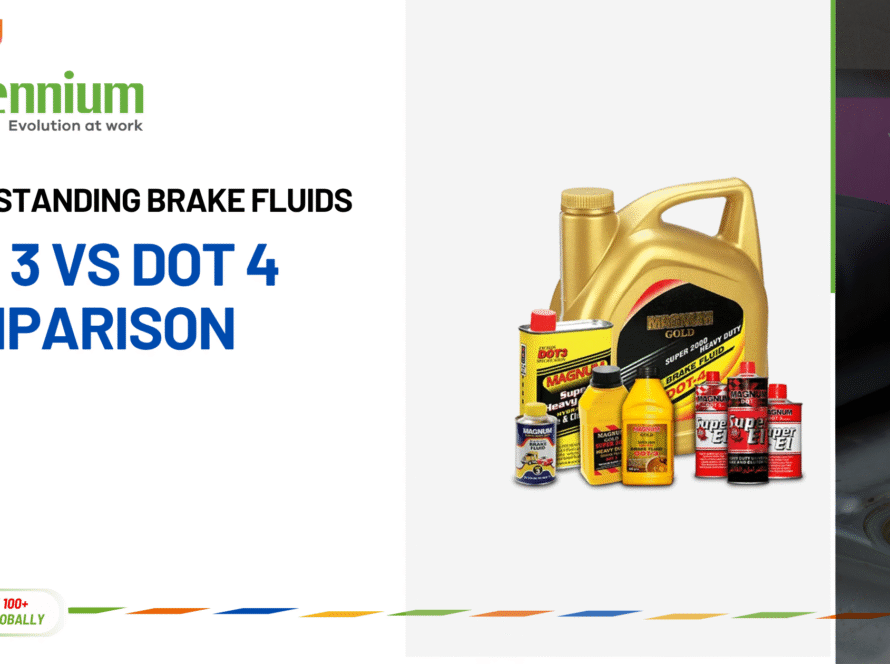If you’re in the lubricant game, whether you’re blending, selling, or formulating, you know everything starts with base oil. It’s the backbone of any finished lubricant. And when it comes to balancing viscosity with thermal performance, SN-50 base oil hits a really sweet spot.
SN-50 base oil can help with it. It’s one of those compromise choices that simply works. In that ideal place, neither too thick nor too thin. You are aware that each of the SN-150, SN-50, and SN-500 has a place if you have ever had to pick between them.
So why do so many formulators keep coming back to it? Let’s walk through what SN-50 is, why it stands out, and where it really earns its keep.
So, What Exactly Is SN-50?
At its core, SN-50 is a Group I base oil, which means it’s refined from crude oil using solvent methods, the old-school way that still holds up. More specifically, it’s what we call a solvent neutral (SN) oil. That’s a fancy way of saying it’s been processed through solvent extraction and dewaxing, steps that pull out the bad stuff like sulfur, aromatics, and waxes.
What you’re left with is a cleaner, more stable base oil that’s ready to be blended into finished lubricants. But don’t get it twisted, SN-50 isn’t a finished product. On its own, it’s not ready for your engine or gear set. You’ve got to blend it with additives (things like detergents, dispersants, anti-wear agents) to turn it into something usable like motor oil, hydraulic fluid, or gear lube.
Now, about the viscosity, SN-50 lands right in that mid-to-thicker range. It’s got more body than SN-150, but it’s not nearly as heavy or sluggish as SN-500. That’s what makes it such a handy player when you’re trying to hit a performance target without overdoing it on thickness.
What Makes SN-50 Stand Out?
So why choose SN-50 over another grade? A lot of it comes down to its physical properties:
- Higher Viscosity Index
This basically means the oil holds its viscosity more consistently across a wide temperature range. That’s huge for keeping parts protected when things heat up or cool down. - Thermal and Oxidation Stability
SN-50 won’t break down easily under high-heat conditions. This extends the life of both the oil and the machine it’s in. - Excellent Solvency
A good base oil should mix easily with additives, and SN-50 blends very well, especially for industrial formulations. - High Flash Point
Typically over 220°C. That’s important in systems where heat spikes are common and safety is key. - Good Lubricity
Even on its own, SN-50 reduces wear and friction in gears, pumps, and valves.
These qualities make it suitable for a wide range of lubricant products, especially in medium- to heavy-duty applications.
Comparing SN-50 to SN-150 and SN-500
Let’s say you’re deciding between SN-150, SN-50, and SN-500. Here’s a quick comparison:
Property | SN-150 | SN-50 | SN-500 |
Viscosity | Low | Medium-High | High |
Flash Point | ~200°C | ~220°C | ~240°C |
Typical Use | Light-duty | Mid-range, gear oils, industrial fluids | Heavy-duty, diesel oils, greases |
SN-150 is ideal when you need something that flows well, like in lighter engines or in cold weather.- SN-500 is thicker, better for high-load or high-temp environments where you need that extra oil film.
- SN-50 sits comfortably in the middle. It gives you flexibility in blending and solid performance without being overly heavy.
Think of it as the “utility player” in your base oil lineup.
Where Is SN-50 Commonly Used?
Thanks to its balance of viscosity and thermal resistance, SN-50 gets used in a ton of different ways, especially in industrial settings and in lubricant blending plants. Here are a few of the more common applications:
- Gear Oils
Its viscosity and film strength make it perfect for protecting gears under load. - Hydraulic Fluids
Particularly for systems operating under moderate pressure and temperature, SN-50 provides stability and anti-wear benefits. - Compressor and Turbine Oils
SN-50’s thermal properties and oxidation resistance come in handy here. - Metalworking Fluids
When blended correctly, it provides good lubricity and cooling during cutting or grinding operations. - Marine Lubricants
Ships run under constant load for long hours, SN-50 is thick enough to handle the job without breaking down. - Custom Blending
Many lubricant manufacturers use SN-50 as a middle ground when they want a blend that’s not too light or too heavy.
Why Magnum Base Oil SN-50?
There are plenty of suppliers out there, so why go with Magnum SN-50? If you care about consistency, quality, and sourcing reliability, Magnum is worth a serious look.
Here’s what sets them apart:
- Refinery-Grade Purity
Their SN-50 base oil is ultra-clean, with low sulfur and minimal impurities. That means fewer problems during blending and better end-product performance. - Stable Across Temperatures
Great resistance to oxidation and thermal breakdown, important for longer oil life. - Tightly Controlled Quality
Magnum’s batches are consistently tested and manufactured to meet international benchmarks. You know what you’re getting, every time. - Broad Compatibility
Plays well with most additive packages, whether you’re making gear oil, industrial grease, or compressor lubricant. - Solid Logistics
Magnum delivers worldwide and offers real support. Not just oil in a drum, they back it up with service.
Frequently Asked Questions About Base Oil SN-50: What It Is and Where It’s Used
Can I use SN-50 as-is in equipment?
How is SN-50 made?
What’s the difference between SN-50 and SN-500 in blending?
Can SN-50 be used in synthetic blends?
Final Thoughts
If you’re blending lubricants, formulating for specific equipment, or just exploring better base oil options, SN-50 is one of the most versatile mid-range grades you can get. It bridges the gap between light and heavy-duty needs, handles heat well, and works beautifully with a wide range of additives.
And if you’re looking for a supplier that delivers both quality and dependability, Magnum Base Oil SN-50 checks all the boxes.



